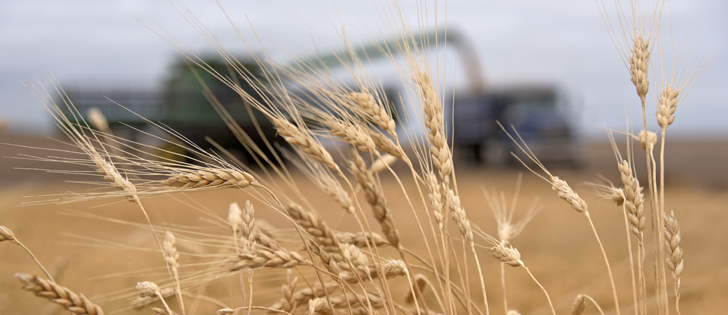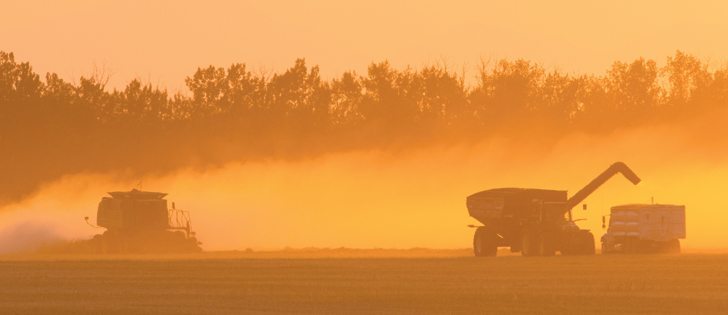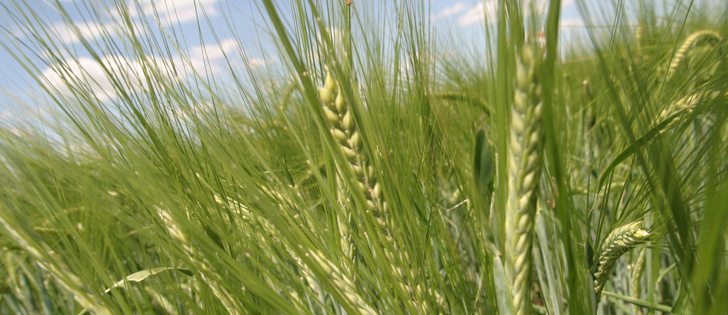Darin Newsom remains bullish on soybeans despite the United States Department of Agriculture boosting its production estimate and ending stocks number in its September outlook.
DTN’s senior analyst thinks soybean stocks will wind up much tighter than the current estimate. If he is correct, that would support soybean prices and the value of competing oilseeds such as canola.
“They did something crazy, they increased production to over 4.2 billion bushels, an absolutely huge number,” he said of the USDA’s September report.
That is based on a record national average soybean yield of 50.6 bu. per acre, which pushed ending stocks up to a burdensome 365 million bu.
Read Also

Critical growing season is ahead for soybeans
What the weather turns out to be in the United States is going to have a significant impact on Canadian producers’ prices
Newsom isn’t buying it. He said the USDA has a long history of grossly over-estimating soybean ending stocks in its initial reports.
In later reports it tends to sharply revise down its ending stocks forecasts. For instance, in the latest report it dropped the 2015-16 ending stocks to 195 million bushels, which is 61 percent lower than its first estimate in May 2015.
The same thing happened the previous year when the final ending stocks estimate was 60 percent lower than the first estimate and the year before that when it was 69 percent smaller.
“It’s ridiculous. It’s insane,” said Newsom.“The numbers are a crock. Just because they’re big didn’t make them bearish.”
Based on the USDA’s dismal track record, he forecasts the 365 million bu. estimate will eventually shrink to 145 million bu.
“That’s a very tight situation.”
In fact, if demand comes in a little stronger or supply a little smaller than the USDA forecasts, it could get extremely tight.
“We have zero room for error again,” said Newsom.
The market appears to agree with him. If it believed production was 4.2 billion bu. and carryout will be 365 million bu., the futures spreads would be bearish, but they are not.
“It’s just not there and it hasn’t been there for years, so what this tells me is the market is far more bullish,” he said.
Most farmers have not hedged their soybeans. Newsom said this more bullish outlook means soy is probably a better crop to hold than corn.
Although many in the market have likely factored in a smaller carryout than the USDA forecasts, he believes there is potential for a soybean rally because some market players haven’t figured it out.
“Investment traders need to get more interested in buying soybeans, realizing that the situation is tighter,” said Newsom.
“That’s what should eventually push the market higher.”
If that happens, it will give the entire vegetable oil complex a boost.
“If soybeans can get turned around and start to go higher, I think that would lend support to the canola market,” he said.
Newsom thinks the adjustment will likely happen on the supply side of the USDA estimate.
The USDA has already trimmed the average yield to 174.4 bu. per acre from 175.1 in the August report. He believes the department will drop it further in October along with soybean yields.

















